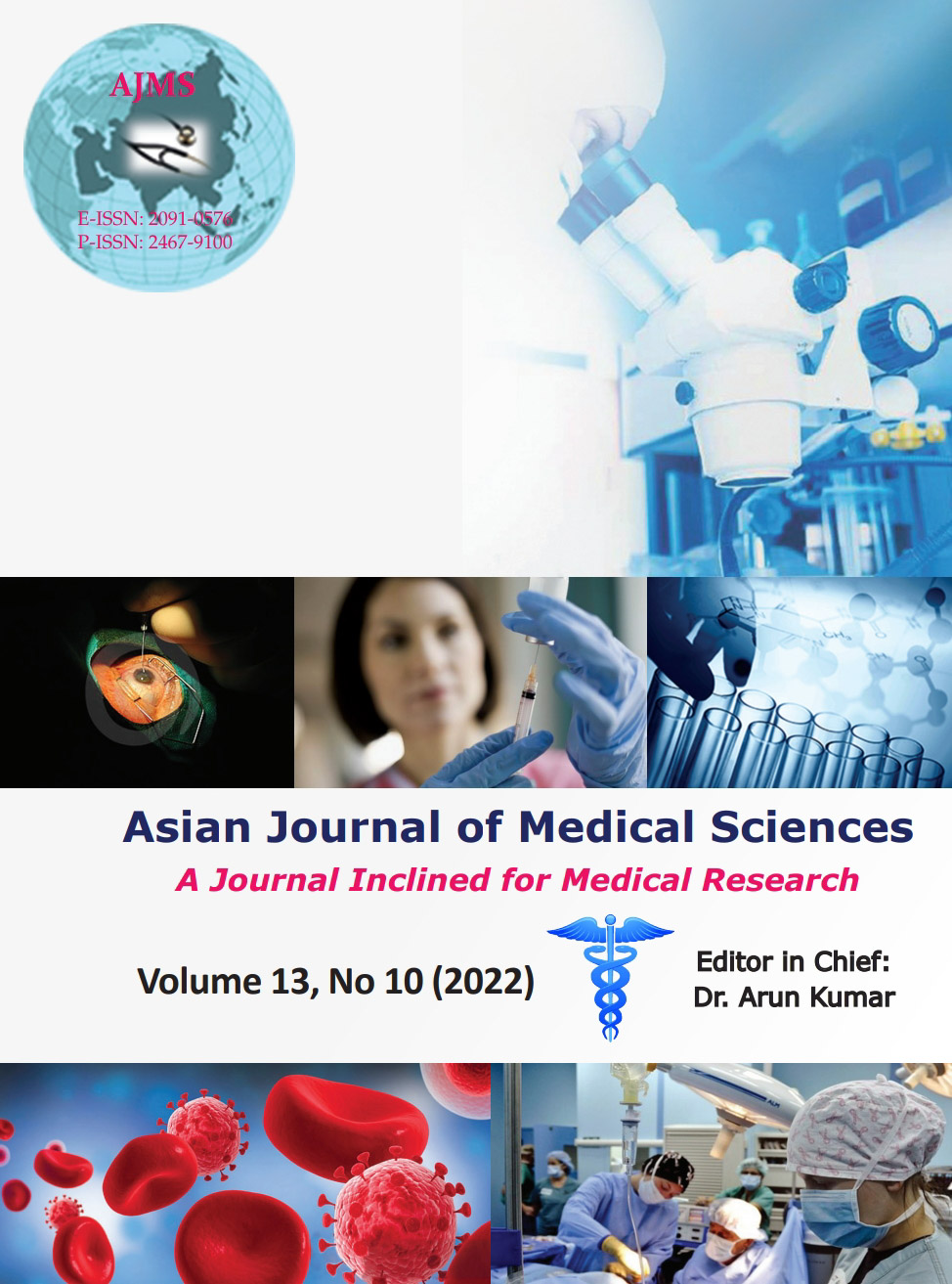A study on cervical lymphadenopathy in a rural based teaching hospital in India
Keywords:
Cervical lymphadenopathy; Tubercular lymphadenopathy; Metastatic lymphadenopathyAbstract
Background: Presence of cervical lymphadenopathy may indicate serious systemic disease process. Proper evaluation of cervical lymphadenopathy is of extreme clinical importance.
Aims and Objective: The study objective was to evaluate clinical and demographic profile of cervical lymphadenopathy, to find the etiology, and to study the role of fine-needle aspiration cytology (FNAC) in it’s etiological diagnosis.
Materials and Methods: Prospective observational study was carried out in a rural based teaching hospital in India for 1 year. One hundred and twenty-one patients of more than 12 years of age from both genders were included in the study. Detailed history, clinical, blood examination, radiological, microbiological evaluation, and FNAC from lymph node were done for all patients. Excision biopsy was done for selective cases.
Results: It was a male predominant study with male: female ratio of 1.12:1 and mean age of the patient was 34.54 years. Cervical lymphadenopathy was mostly unilateral (77.69%) and it was more common in the right side (43.80%). Tuberculosis (TB) (36.37%) was the most common cause of cervical lymphadenopathy in our study followed by reactive hyperplasia of lymph node (23.14%) and metastatic deposit (19%). Among metastatic deposit, 9 (39.13%) had squamous cell carcinoma, 5 (21.74%) had adenocarcinoma, and 1 (4.35%) had small cell carcinoma.
Conclusion: TB is the most common cause of cervical lymphadenopathy followed by reactive hyperplasia and metastatic secondary deposit. FNAC is a simple inexpensive relatively painless rapid and reliable method for diagnosis which can be considered as a frontline investigation and can guide requirement for further investigation in the management of cervical lymphadenopathy.
Downloads
Downloads
Published
How to Cite
Issue
Section
License
Copyright (c) 2022 Asian Journal of Medical Sciences

This work is licensed under a Creative Commons Attribution-NonCommercial 4.0 International License.
Authors who publish with this journal agree to the following terms:
- The journal holds copyright and publishes the work under a Creative Commons CC-BY-NC license that permits use, distribution and reprduction in any medium, provided the original work is properly cited and is not used for commercial purposes. The journal should be recognised as the original publisher of this work.
- Authors are able to enter into separate, additional contractual arrangements for the non-exclusive distribution of the journal's published version of the work (e.g., post it to an institutional repository or publish it in a book), with an acknowledgement of its initial publication in this journal.
- Authors are permitted and encouraged to post their work online (e.g., in institutional repositories or on their website) prior to and during the submission process, as it can lead to productive exchanges, as well as earlier and greater citation of published work (See The Effect of Open Access).




